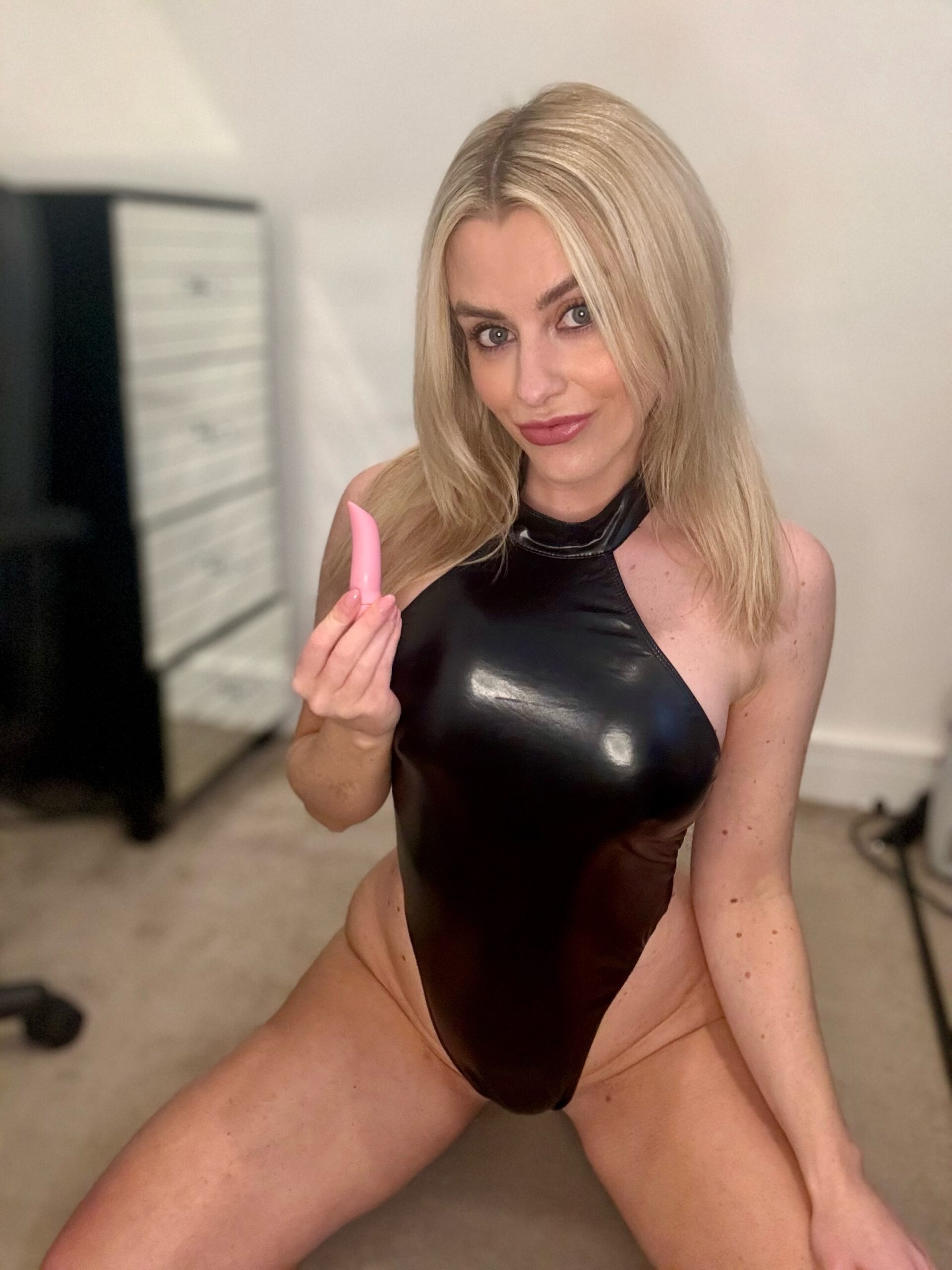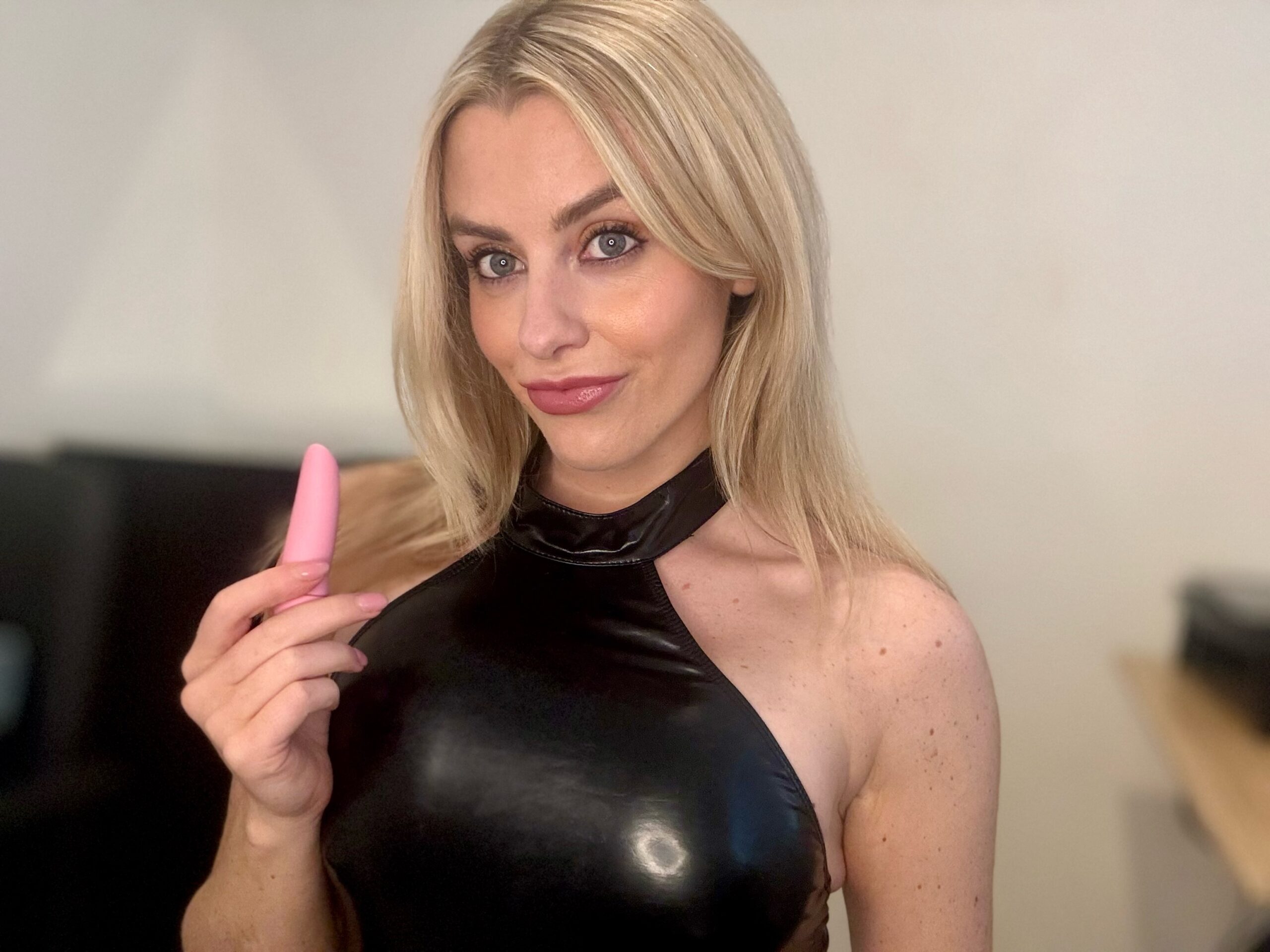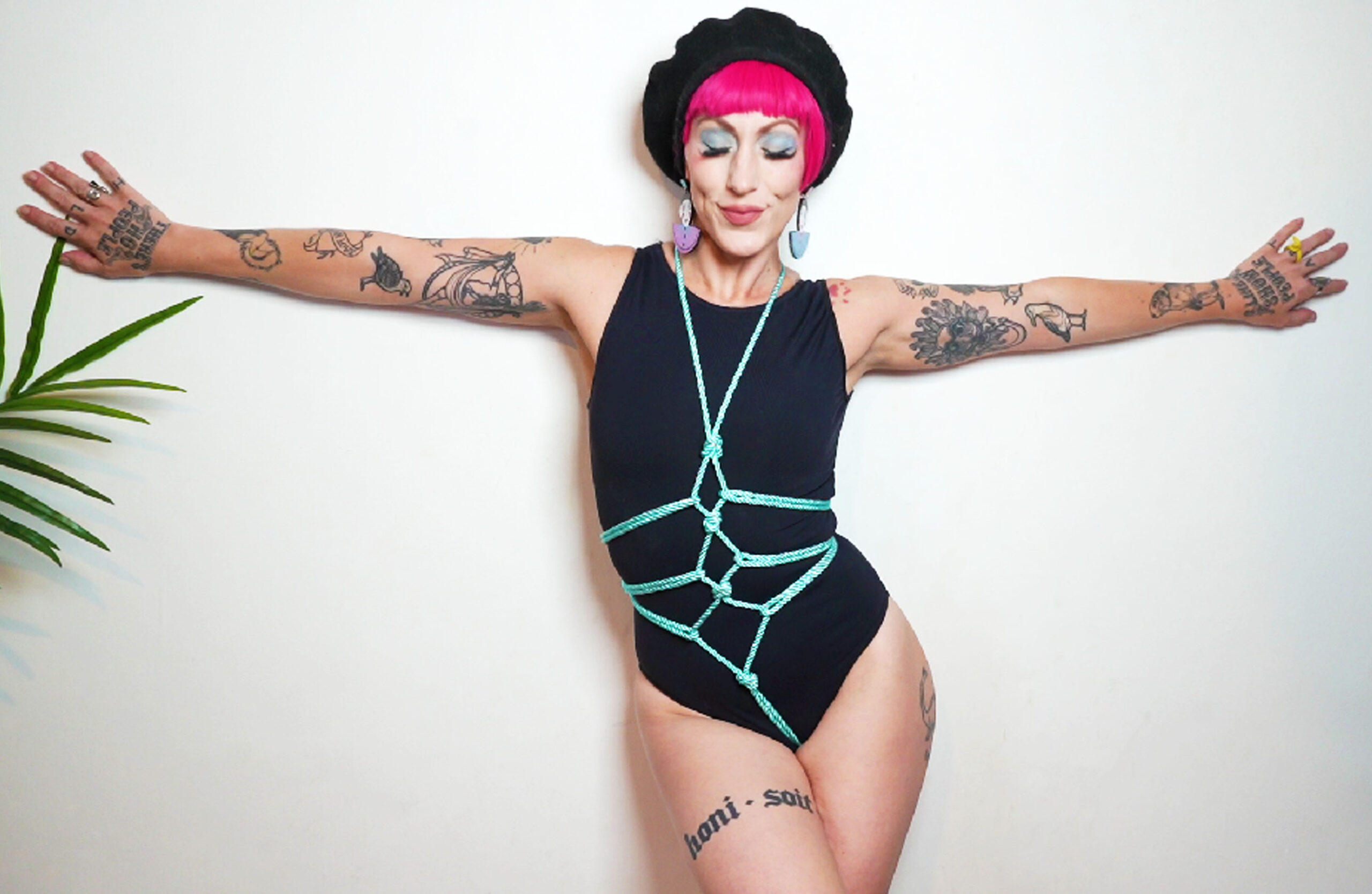Zombieing Why Exes Keep Reappearing
Zombieing: Why Exes Keep Reappearing

The Psychology Behind Zombieing
Zombieing, the act of an ex reappearing after significant time apart to re-engage without any real intention of starting a relationship, is a perplexing phenomenon. While seemingly illogical, it can be understood through the lens of various psychological factors.
Fear of Missing Out (FOMO)
One contributing factor is FOMO (Fear of Missing Out). Individuals who zombie may harbor anxieties about losing out on a potential connection, even if the original relationship ended poorly. They might fear that their ex has moved on and found happiness without them, sparking feelings of jealousy or regret.
Another psychological element at play is a sense of entitlement. Some zombieers might believe they deserve another chance with their ex, regardless of how things ended. Past positive experiences may fuel this belief, causing them to overlook the reasons for the initial breakup.
The desire for validation and emotional comfort also plays a role. Reappearing can provide a temporary boost in self-esteem and sense of belonging, especially if the zombieer is struggling emotionally.
Ultimately, zombieing often stems from unresolved emotions and anxieties. The reappearing ex may not be genuinely interested in rekindling a romantic connection but seeks to alleviate their own internal turmoil, even at the expense of the other person’s emotional well-being.
Insecurity and Low Self-Esteem
Zombieing can be linked to insecurity and low self-esteem. Individuals who resort to this behavior might have difficulty accepting rejection or moving on from past relationships.
The fear of being alone, coupled with a lack of confidence in their ability to find new partners, can drive them to seek reassurance and validation from an ex.
By reappearing, they attempt to reassert their worthiness and convince themselves (and possibly the ex) that they are still desirable.
This behavior, however, often stems from a deep-seated insecurity rather than genuine interest in rekindling a relationship. romantic games
Hope for Reconciliation
Despite its perplexing nature, zombieing can be understood through the lens of various psychological factors. FOMO (Fear of Missing Out) plays a significant role, as individuals who engage in this behavior might fear being left behind if their ex moves on and finds happiness without them.
A sense of entitlement also contributes to zombieing. Some individuals may believe they deserve another chance with their ex, overlooking the reasons for the initial breakup due to lingering positive experiences from the past.
The need for validation and emotional comfort is another driving force behind this behavior. Reappearing can offer a temporary boost in self-esteem and a sense of belonging, especially if the individual is struggling emotionally.
While zombieing stems from unresolved emotions and anxieties, it’s essential to recognize that hope for reconciliation exists. Open communication and honest conversations can help address the underlying issues driving this behavior.
If both parties are willing to work through their past hurts and understand each other’s motivations, there might be a chance for healing and rebuilding trust. However, it’s crucial to remember that reconciliation should not come at the expense of emotional well-being.
Setting boundaries and prioritizing personal growth is essential in navigating this complex situation. Ultimately, whether or not zombieing leads to reconciliation depends on the willingness of both individuals to engage in honest reflection and commit to healthy communication.
Boredom and Lack of Fulfillment
Zombieing often stems from a combination of boredom and a lack of fulfillment in one’s current life. sex toy batteries When someone feels stagnant or uninspired, they may turn to familiar faces like an ex for a fleeting sense of excitement or connection. The familiarity and shared history can provide temporary comfort and distraction from the perceived emptiness.
These individuals might be seeking validation and reassurance that they are still desirable, even if their reasons for re-engaging are superficial. They may hope to recapture past feelings or simply feel a sense of purpose by stirring up emotions in their ex.
However, this temporary fix rarely leads to genuine fulfillment. Zombieing can perpetuate a cycle of dissatisfaction and prevent individuals from addressing the underlying issues contributing to their boredom and lack of fulfillment.
Social Media’s Role in Zombieing
Social media has become a breeding ground for zombieing, making it easier than ever for exes to re-emerge into each other’s lives without any real intention of starting a relationship anew. The immediacy of platforms like Instagram and Facebook allows for effortless connection and fosters a sense of constant accessibility, blurring the lines between closure and lingering hope.
Ease of Contact
Social media has undoubtedly amplified the phenomenon of zombieing. Platforms like Instagram and Facebook provide an easy avenue for exes to re-establish contact, regardless of the time elapsed since their breakup. The ease of sending a message or liking a post fosters a sense of constant accessibility, blurring the lines between closure and lingering hope.
The digital realm allows zombieers to curate a carefully constructed online persona, potentially presenting a more idealized version of themselves than they did during the relationship. This can further mislead their exes into believing there’s a genuine chance for reconciliation when in reality, the intentions may be purely superficial.
Public Validation through Interactions
Social media has significantly amplified the phenomenon of zombieing by providing an easily accessible platform for exes to re-enter each other’s lives. The ability to send instant messages or like posts creates a sense of constant accessibility, blurring the lines between closure and lingering hope.
Moreover, social media allows zombieers to present carefully curated online personas, potentially portraying a more idealized version of themselves than they did during the relationship. This can mislead their exes into believing there’s a genuine chance for reconciliation when, in reality, the intentions might be purely superficial.
The validation received through likes, comments, and messages on social media can further reinforce zombieing behavior. Even if the interaction is superficial, it can provide a fleeting sense of connection and self-esteem boost, encouraging individuals to continue engaging with their exes in this manner.
The Impact of Zombieing on the Target
Zombieing, the unsettling phenomenon where an ex reappears after a significant period of silence with no intention of rekindling a romantic relationship, can have a profound impact on the target individual.
Emotional Distress and Confusion
The emotional distress and confusion inflicted by zombieing are significant. Being contacted by an ex after a lengthy absence can trigger a whirlwind of emotions, ranging from curiosity and hope to anger and resentment. The target may struggle to understand the motives behind the reappearance, questioning whether there’s a chance for reconciliation or if it’s merely a ploy for attention.
This ambiguity creates a sense of emotional turmoil, leaving the target in a state of uncertainty and doubt. The target may find themselves constantly analyzing past interactions and trying to decipher the ex’s intentions, leading to feelings of anxiety, stress, and mental exhaustion.
The lack of closure inherent in zombieing can be particularly damaging. When an ex reappears without any clear explanation or intention, it prevents the target from moving on and finding emotional healing. The unresolved issues and unanswered questions linger, making it difficult to fully accept the end of the relationship.
Furthermore, zombieing can erode trust and self-esteem. Being contacted by an individual who has seemingly moved on with their life can make the target feel unwanted, undesirable, or even inferior. It can undermine their confidence in their own judgment and ability to form healthy relationships.
The emotional toll of zombieing should not be underestimated. It’s essential for individuals experiencing this type of behavior to prioritize their own well-being, establish clear boundaries with the ex, and seek support from friends, family, or a therapist to navigate the emotional complexities it presents.
Difficulty Moving On
Zombieing can significantly hinder an individual’s ability to move on from a past relationship.
The ambiguity surrounding the ex’s motives creates uncertainty and prevents closure, leaving the target in a state of emotional turmoil.
They may find themselves constantly analyzing past interactions, trying to decipher the ex’s intentions, which leads to feelings of anxiety, stress, and mental exhaustion.
The lack of resolution can make it difficult to accept the end of the relationship and fully heal from the emotional wounds.
Furthermore, zombieing can negatively impact self-esteem and trust.
Reopening Wounds
Zombieing can reopen old wounds for the target in several ways.
The sudden reappearance of an ex after a period of silence can trigger a surge of intense emotions, bringing back feelings of pain, longing, or anger associated with the past relationship. This unexpected contact can disrupt the healing process and force the target to confront unresolved issues they may have been trying to move past. The lack of clarity surrounding the ex’s motivations adds to the emotional turmoil.
Is this a genuine attempt at reconciliation, or simply a manipulation tactic? The uncertainty creates anxiety and doubt, leaving the target in a state of constant questioning and emotional distress.
Zombieing also interferes with the ability to establish closure. snug fit A clean break allows for processing and acceptance of the relationship’s end. However, when an ex reappears without offering any concrete explanation or intentions, it leaves the target feeling incompletely healed and unable to truly move on. This lingering uncertainty can haunt them long after the initial contact.
Additionally, zombieing can damage self-esteem by reminding the target of past vulnerabilities and insecurities. The fact that the ex has chosen to reappear after a period of absence may lead the target to question their worthiness or attractiveness.
Strategies for Dealing with Zombieing

Zombieing, a phenomenon where an ex reappears after a significant time apart without genuine intention of rekindling a romantic relationship, can be perplexing and emotionally draining. Understanding why this occurs can help individuals navigate these situations effectively.
Establish Clear Boundaries
To deal with zombieing, establish clear boundaries. Let your ex know that you are not interested in rekindling the relationship and that their reappearance is unwelcome. Be firm and direct in your communication, avoiding ambiguity or mixed signals.
Don’t engage in extended conversations or try to analyze their motives. Maintain a consistent boundary regardless of any attempts at persuasion or guilt-tripping.
Block their number and social media accounts if necessary to prevent further unwanted contact. It’s essential to prioritize your own well-being and emotional space.
Remember, you are not obligated to entertain anyone who disrespects your boundaries or reopens old wounds. Prioritize your own healing and move forward with your life.
Don’t Engage or Respond to Unwanted Contact
When dealing with zombieing, the key is to avoid engaging. Don’t respond to texts, calls, or social media messages from an ex who is attempting to re-engage without genuine intentions.
Keep in mind that their reappearance is likely driven by unresolved issues, insecurity, or a desire for validation rather than a sincere interest in rekindling the relationship.

Resist the urge to analyze their motives or offer explanations. Engaging will only prolong the situation and potentially lead to further emotional distress.
If they persist, make your stance clear by stating that you are not interested in reconnecting and to please respect your boundaries.
Don’t feel obligated to provide any further explanation or engage in a debate.
For persistent cases, consider blocking their contact information to prevent further unwanted communication.
Focus on Personal Growth and Healing
Zombieing, the act of an ex reappearing after significant time apart to re-engage without any real intention of starting a relationship, can be perplexing and emotionally draining. Understanding why this occurs can help individuals navigate these situations effectively.
To deal with zombieing, establish clear boundaries. Let your ex know that you are not interested in rekindling the relationship and that their reappearance is unwelcome. Be firm and direct in your communication, avoiding ambiguity or mixed signals.
Don’t engage in extended conversations or try to analyze their motives. Maintain a consistent boundary regardless of any attempts at persuasion or guilt-tripping.
Block their number and social media accounts if necessary to prevent further unwanted contact. It’s essential to prioritize your own well-being and emotional space.
Remember, you are not obligated to entertain anyone who disrespects your boundaries or reopens old wounds. Prioritize your own healing and move forward with your life.
When dealing with zombieing, the key is to avoid engaging. Don’t respond to texts, calls, or social media messages from an ex who is attempting to re-engage without genuine intentions.
Keep in mind that their reappearance is likely driven by unresolved issues, insecurity, or a desire for validation rather than a sincere interest in rekindling the relationship.
Resist the urge to analyze their motives or offer explanations. Engaging will only prolong the situation and potentially lead to further emotional distress.
If they persist, make your stance clear by stating that you are not interested in reconnecting and to please respect your boundaries.
Don’t feel obligated to provide any further explanation or engage in a debate.
For persistent cases, consider blocking their contact information to prevent further unwanted communication.
Seek Support from Friends and Family
Dealing with zombieing can be tough, but remember you don’t have to go through it alone. Reaching out to friends and family for support is crucial during this time. They can offer a listening ear, validate your feelings, and provide valuable advice on how to navigate this tricky situation. Talking about what you’re going through can help process your emotions and gain clarity.
Leaning on loved ones can also help reinforce your boundaries. They can remind you of your worth and encourage you to prioritize your well-being by staying firm with your decision not to reengage.
how to give a foot job
Learn more through the article
Read now for the entire story




























